What's the meaning of the Coat of arms of Montenegro »
Coat of arms of Montenegro
This page is about the meaning, origin and characteristic of the symbol, emblem, seal, sign, logo or flag: Coat of arms of Montenegro.
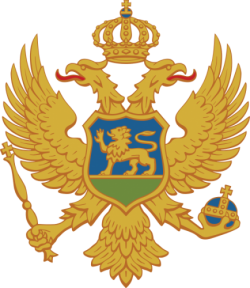
The coat of arms of Montenegro (Montenegrin: Грб Црне Горе, Grb Crne Gore) was officially adopted by the law passed in the Parliament on 12 July 2004. It is now the central motif of the flag of Montenegro, as well as the coat of arms of the Army of Montenegro. It was constitutionally sanctioned by the Constitution proclaimed on 2 October 2007.
The charge is a two-headed eagle which is a symbol of Byzantine and ultimately Roman origin. It symbolises dual authority, such as that over the church and state. The motif was used by medieval rulers of Zeta - the House of Crnojević, as well as various other European dynasties. The layout of the Montenegrin coat of arms is inspired by that of the Russian Empire, with which the ruling House of Petrović-Njegoš had close dynastic and political ties in the 19th century when the coat of arms was first adopted in its present form.
The lion passant on the inescutcheon is as a sign of episcopal authority and could have been inspired by the metaphore of the Lion of Judah. Furthermore, it bears some similarity to the motif present in the arms of Venice, which had considerable influence in the history of Montenegro. After Montenegro regained its independence from medieval Serbia, it gradually became a theocracy in order to preserve unity before numerous Turkish invasions of the country. For this reason, the authority of the church was reflected in various insignia of the age. After the establishment of the secular dynastic succession in 1851, the lion was placed beneath the eagle, while the initials of the ruler stood on the shield: notably, that of Danilo I, Prince of Montenegro, Danilo II, Prince of Montenegro and King Nicholas I of Montenegro. Curiously, Danilo I was still a prince-bishop while the standard bearing his initials was used. The modern coat of arms placed the lion d’or back on the shield, erasing that monarchic symbol. Today, Montenegro is a secular, democratic republic, so the fact that the crown of the Petrovic-Njegos dynasty was also represented created some controversy at the time of its adoption. However, this solution proved extremely popular and the coat of arms can be seen not only in schools, government offices etc., but also in many private houses, places of business and private universities and is a common display of national pride.
- 1,140 Views
Graphical characteristics:
Asymmetric, Open shape, Colorful, Contains both straight and curved lines, Has crossing lines.
Category: Emblems.
Coat of arms of Montenegro is part of the Coat of Arms group.
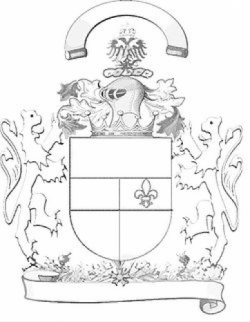
More symbols in Coat of Arms:
A coat of arms is a unique heraldic design on an escutcheon (i.e. shield), surcoat, or tabard. The coat of arms on an escutcheon forms the central element of the full heraldic achievement which consi… read more »
More symbols in Emblems:
An emblem is an abstract or representational pictorial image that represents a concept, like a moral truth, or an allegory, or a person, like a king or saint. Although words emblem and symbol are of… read more »
Citation
Use the citation below to add this symbol to your bibliography:
Style:MLAChicagoAPA
"Coat of arms of Montenegro." Symbols.com. STANDS4 LLC, 2025. Web. 22 Feb. 2025. <https://www.symbols.com/symbol/coat-of-arms-of-montenegro>.


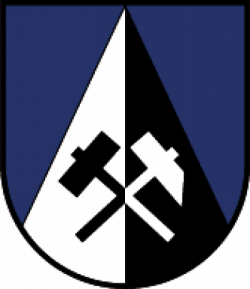
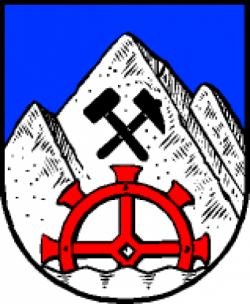
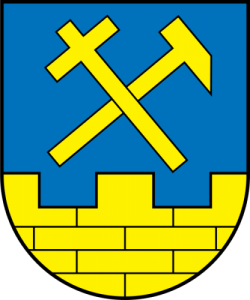
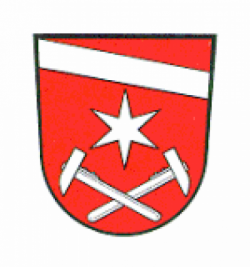
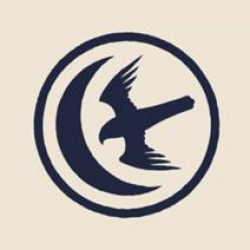
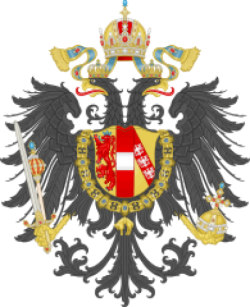
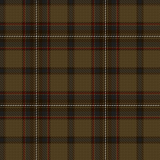
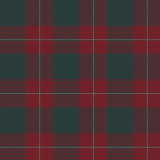
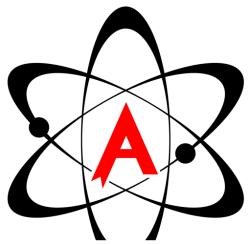
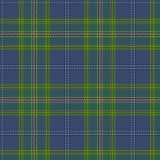
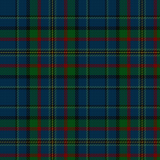





Have a discussion about Coat of arms of Montenegro with the community:
Report Comment
We're doing our best to make sure our content is useful, accurate and safe.
If by any chance you spot an inappropriate comment while navigating through our website please use this form to let us know, and we'll take care of it shortly.
Attachment
You need to be logged in to favorite.
Log In